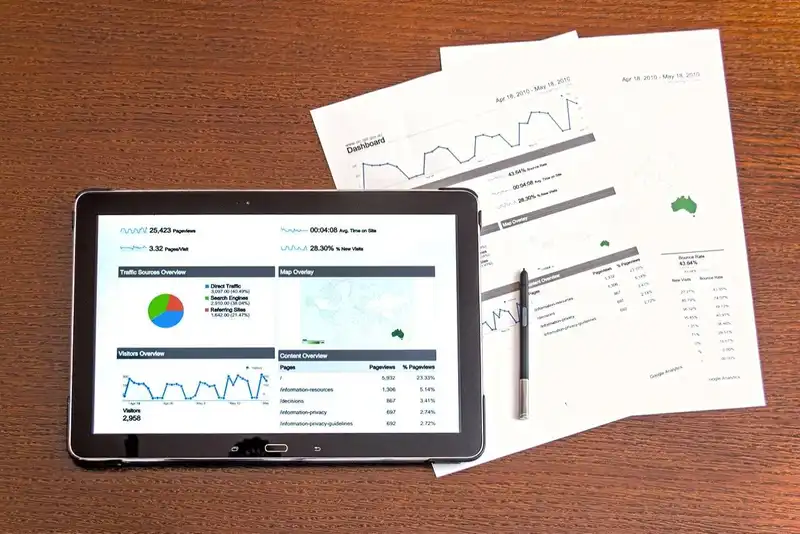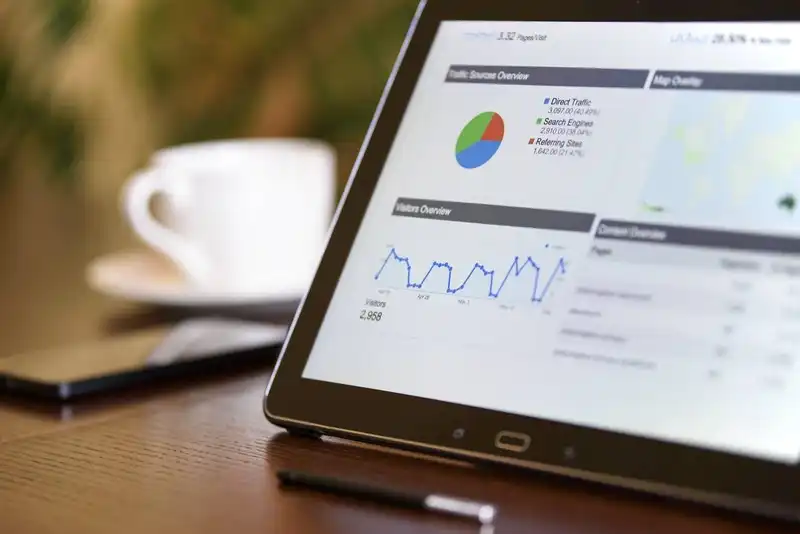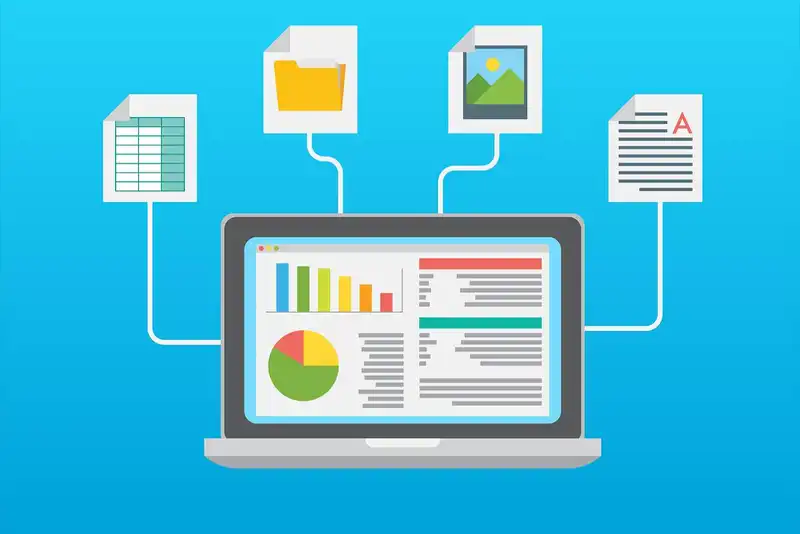How Real-Time Reporting is Saving Restaurants Money

What is Real-Time Reporting?

Real-time reporting is a feature offered by restaurant management software. It helps restaurants immediately access and understand data that hasn't always been immediately available and drastically aid in the decision making process.
Real-time reporting data can then be used to make important decisions to improve how the restaurant is operated both in the moment and to improve how the restaurant is operated in the future.
However, it is important to point out that the data does a restaurant very little good if it isn't used after it is analyzed, particularly for restaurants looking to save money.
Real-time reporting can be used in numerous areas. In fact, there are five specific reports that all restaurants should use for real-time reporting.
1. Flash reports are real time reports of high-level summary data of key metrics- sales, labor costs, and discounts and comps. It also includes historical information as well as labor report numbers for one location or multiple locations.
2. The items received by purchase report tracks items received to a certain location over a period of time that was purchased as well as their prices. They can be sorted by category. It can be used to locate pricing errors to help ensure that vendors are honoring their contracts.
3. The labor actual versus scheduled report allows a restaurant to view the theoretical and actual labor costs at a location over a chosen period of time. Specific data points can be chosen to help the restaurant truly understand the data.
4. The actual versus theoretical analysis allows a restaurant to compare the quantity and cost of inventory and menu items to determine the efficiency of the restaurant's actual plan versus its execution. This can be very helpful at improving overall business intelligence and reducing costs.
5. The menu item analysis presents the selling price, cost, and margin for each item on the menus. It also shows the number of items sold. It helps restaurants understand which items are popular and which aren't.
Again, the information presented by real-time reporting is only beneficial for restaurants if the restaurant decides to use the data to make decisions based on it.
Simply having the information available or the software available from which to pull the data doesn't do the restaurant any good since they will not be able to spot the most practical sources to save money.
Benefits of Real-Time Reporting in Restaurants

Real-time reporting allows a restaurant to identify trends, set goals, learn more about those who visit their establishment, forecast what they may need to spend, monitor what's happening within the restaurant, and reduce costs.
Depending on each real-time reporting system used, the benefits presented can be numerous. Here are some examples-
- Restaurant sales reports, actual versus theoretical analysis, and menu item analysis give restaurants information about the price, cost, the margin, and the number of sales per dish.
This allows the restaurant to determine what is selling well, what isn't selling well, and to know whether they are getting the best prices on the ingredients for each dish. The restaurant can then adjust menus, pricing, and even vendors accordingly.
- A flash report or an employee report provides detailed information about the productivity of restaurant employees. This could include the number of employees showing up on each shift and for each area of the restaurant and the number of sales for employees responsible for interacting with customers.
Employee reports can also be used to look at individual employees to examine their work history, whether they've missed too many days, or whether they would be a good candidate for promotion or additional training opportunities.
- Real-time reporting, regardless of which report, provides restaurants with the ability to make more informed decisions every single day. There's no waiting to gather the data and there's no worrying about making mistakes because of the need to manually gather and analyze the data. After the information is inputted into the software, it's available for use.
- Restaurants may also be able to use the data to minimize theft. The Restaurant Times reports that relying on real-time data allows many restaurants to quickly determine if employees are stealing from the establishment and deal faster with the loss of goods.
- The data from the reports can be used to better populate shifts. Restaurants are better able to determine their peak hours through forecasting and thus better able to ensure that demands are met by properly scheduling their employees.
Conclusion
Real-time reporting is a great tool that restaurants can use to make better decisions for their restaurant-
- Reports can be customized to show everything from individual employees, to popular dishes, to items purchased from vendors.
- Reports can help restaurants determine the productivity of employees.
- Real-time data can help restaurants determine peak times and schedule accordingly to better serve their customers.
- The data in reports related to food sales and purchasing of ingredients may be able to help restaurants cut costs.
- Employee real-time data may be able to help determine if employees are stealing from the establishment as well as deal with attendance issues or help the restaurant determine who is ready for promotion.
Real-time reporting data only helps if it is put to use!